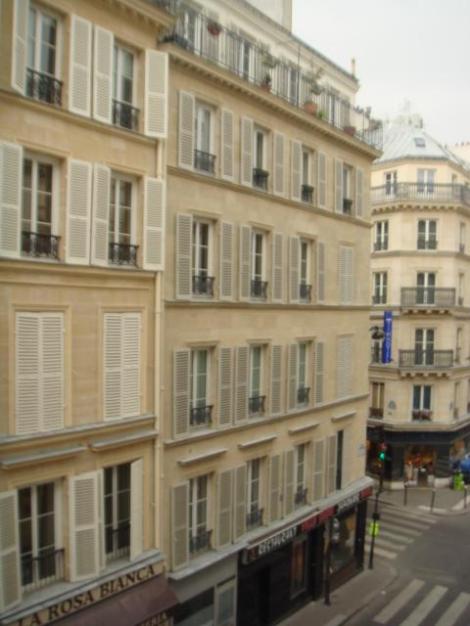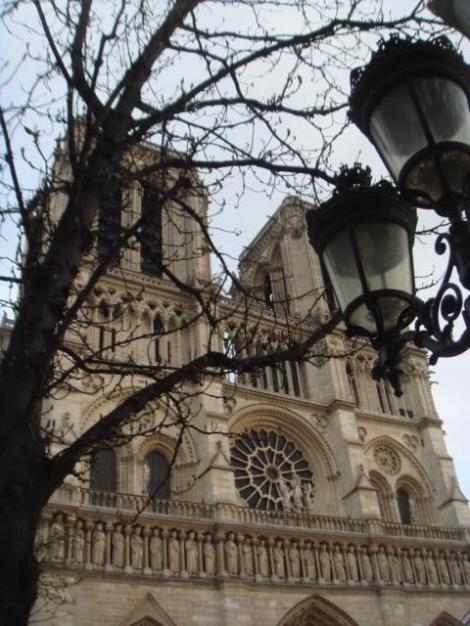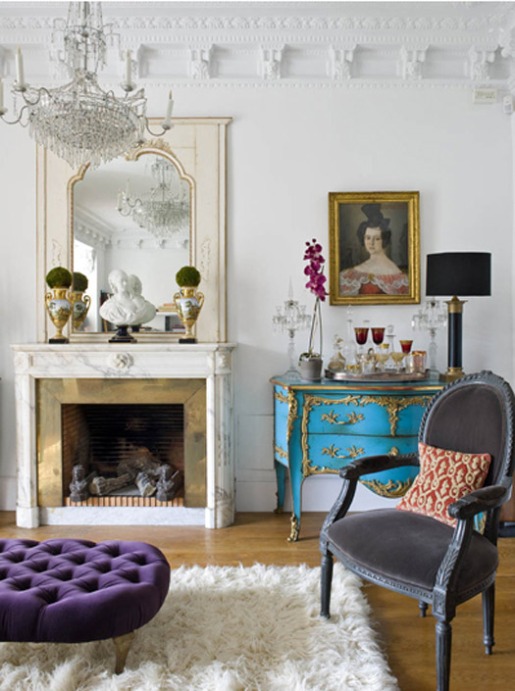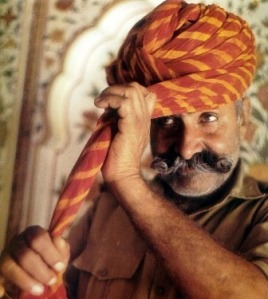Hemp and Nettle plants have been growing in abundance in the Northern reaches of India at the foothills of the Himalayas; however their cultivation for making fibers and finished products is a recent phenomenon. Given their high tensile strength, organic nature and biodegradable values, these fibres are eco-friendly and incredibly pliable.
The plants are harvested once every year when the cold weather descends this region and their journey thereafter is a proof of human ingenuity and artisan skills. It is essential that only green plants are harvested, else the quality and strength of the stems from which the fibres are derived is greatly affected. The outer stem is then peeled off and the inner fibre extracted. It is thoroughly dried and then stored in well ventilated spaces. The dry raw fibres are then boiled along with natural sedimentation and purifying agents like wood ash, which cleans and softens them. They are bleached using a mixture of white clay, maize flour and rice chaff which further softens them while also making them lustrous.
The fibres are then degummed which essentially removes plant sugars like pectin and lignin which hold the fibers together. Rather than using harmful chemicals popular in commercial textile production, this process is carried out using still water stored in pots or running water from nearby streams which is just as effective. The fibres are now ready to be spun and woven.
Purvaai is working with this talented group of artisans to create fabrics and finished products like shoulder totes and storage bags which are uber chic, incredibly good for the environment and also reflect their creative spirit.







































